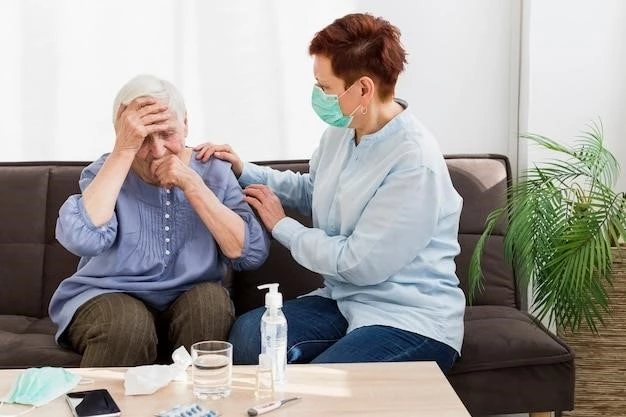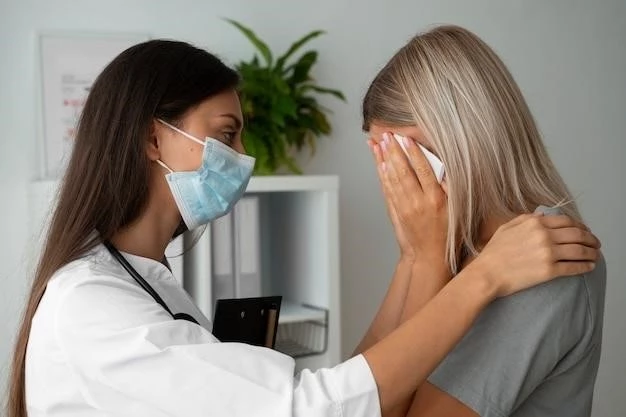Introduction
Pseudogout is a type of arthritis that results from calcium pyrophosphate crystals building up in joints and nearby tissues‚ causing symptoms similar to gout.
Definition of Pseudogout
Pseudogout‚ or calcium pyrophosphate deposition disease‚ is a form of arthritis where calcium pyrophosphate crystals accumulate in the joints‚ causing symptoms akin to gout.

Symptoms of Pseudogout
Pseudogout causes pain‚ swelling‚ stiffness‚ and warmth in large joints like knees‚ elbows‚ ankles‚ wrists‚ shoulders‚ or hands. Attacks can be sudden and last for days or weeks.
Pseudogout manifests with pain‚ swelling‚ stiffness‚ and warmth in large joints like knees‚ elbows‚ ankles‚ wrists‚ shoulders‚ or hands. These symptoms may appear suddenly‚ lasting for days or weeks‚ and can resemble other arthritic conditions.
Characteristics of Symptoms
Pseudogout manifests with pain‚ swelling‚ stiffness‚ and warmth in large joints like knees‚ elbows‚ ankles‚ wrists‚ shoulders‚ or hands. These symptoms may appear suddenly‚ lasting for days or weeks‚ and can resemble other arthritic conditions.
Formation of Calcium Pyrophosphate Crystals
Pseudogout arises from the accumulation of calcium pyrophosphate crystals in joints and nearby tissues. These crystals form due to various factors‚ leading to arthritis symptoms akin to gout.
Causes and Mechanism
Pseudogout occurs due to the accumulation of calcium pyrophosphate crystals in joints and tissues‚ leading to arthritis symptoms akin to gout.
Lab and Imaging Tests
Lab tests to diagnose pseudogout may include joint fluid analysis‚ blood tests to check for calcium pyrophosphate crystals‚ and imaging studies like X-rays or ultrasound to visualize joint damage. These tests help confirm the presence of calcium pyrophosphate crystals and rule out other conditions.
Diagnosis and Testing
Lab and imaging tests help diagnose pseudogout‚ including joint fluid analysis‚ blood tests for calcium pyrophosphate crystals‚ and imaging studies like X-rays or ultrasound.
Medications for Joint Pain and Inflammation
When treating pseudogout‚ medications targeting joint pain and inflammation are commonly used. These include non-steroidal anti-inflammatory drugs (NSAIDs) like ibuprofen‚ colchicine to reduce inflammation‚ and corticosteroids to alleviate symptoms.

Differences Between Pseudogout and Gout
While pseudogout and gout share similar symptoms‚ they result from different crystal types forming in the joints‚ leading to distinct triggers and treatment approaches.
Comparison of Symptoms and Triggers
Pseudogout and gout share similar symptoms like sudden joint pain‚ swelling‚ warmth‚ and redness. However‚ they stem from different crystal types forming in the joints‚ leading to distinct triggers and treatment approaches.
Prevention and Management
Effective pseudogout management involves individualized treatment plans to alleviate symptoms‚ which may include medications targeting joint pain and inflammation.
Individualized Treatment Plans
For pseudogout‚ individualized treatment plans are crucial. Medications targeting joint pain and inflammation like NSAIDs‚ colchicine‚ or corticosteroids are often used based on the severity of symptoms to alleviate discomfort.
Prognosis and Complications
Effective management of pseudogout can help alleviate symptoms and reduce the potential long-term effects on joints‚ ensuring better joint health and function over time.
Potential Long-Term Effects on Joints
Long-term consequences of pseudogout may lead to joint damage and degeneration if left untreated. Continuous inflammation and crystal deposition can exacerbate joint issues over time‚ impacting mobility and function.
Research and Advancements
Ongoing studies focus on enhancing pseudogout treatment methods‚ developing new medications‚ and exploring innovative approaches to manage symptoms and prevent long-term joint damage.
Ongoing Studies on Pseudogout Treatment
Current research on pseudogout focuses on enhancing treatment approaches‚ developing new medications‚ and exploring innovative methods to manage symptoms effectively and prevent long-term joint complications.
